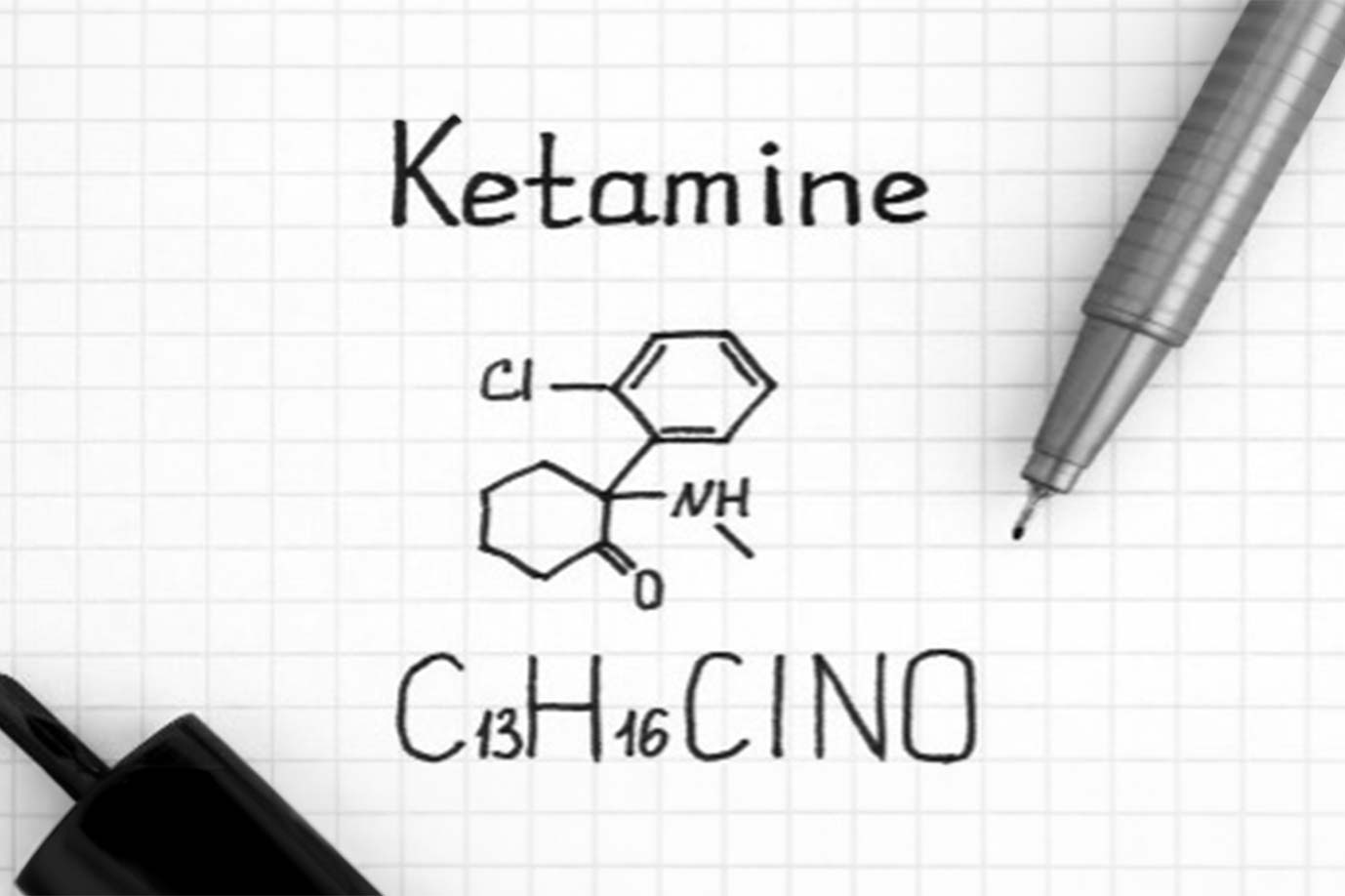By using our website, you agree to the use of cookies as described in our Cookie Policy
Why Should We Know About Ketamine?

Ketamine is a special kind of medicine that can change the way people feel and see the world. It was first made to help with pain during surgery, but now, doctors and scientists are finding out it can do much more. People are using ketamine to help with mental health problems and to explore their thoughts and feelings in new ways. In this piece, we’re going to talk all about ketamine, how it works, and why it’s becoming more and more popular for health and therapy..
A Quick Dive into Ketamine's History
Ketamine was created in the 1960s by a scientist named Calvin Stevens. His goal? Find a safer alternative to an existing anesthetic called PCP. Turns out, ketamine did the job well! It had the anesthetic powers of PCP but was much safer. Patients under ketamine's influence often felt disconnected from their surroundings, as if they were in a trance.
What Does It Feel Like?
Imagine feeling floaty and a bit out of touch with reality. While you won't necessarily see dragons or unicorns, things might seem distorted or shifted. This "trippy" feeling comes from ketamine's ability to change the way our brain's neurons talk to each other. Instead of focusing on the outside world, you become more attuned to your inner thoughts and feelings.
Ways to Take Ketamine
Ketamine can be taken in a few ways. The quickest and most direct methods are injecting it into veins or muscles. But there are other ways too, like nasal sprays or lozenges.
Ketamine For Mental Health
Treatment-Resistant Depression: Ketamine has been a revelation in treating depression that hasn't responded to traditional therapies and medications. It operates differently from conventional antidepressants, impacting the glutamate system, which plays a role in neural activation. This allows for rapid improvement in mood, often within hours, compared to weeks or months with standard antidepressants.
- Suicidal Ideation: It has demonstrated efficacy in rapidly reducing suicidal thoughts, which is crucial for immediate risk reduction. This quick response can bridge the gap until other long-term treatments can take effect, potentially saving lives in acute situations.
- Bipolar Disorder: Some studies suggest that ketamine might help in managing the depressive phase of bipolar disorder, providing relief to those who may not respond well to other treatments.
- Post-Traumatic Stress Disorder (PTSD): Ketamine may help in alleviating the symptoms of PTSD by fostering a conducive environment for neural regeneration and plasticity, thus aiding in the restructuring of traumatic memories and reducing the associated stress and anxiety.
- Anxiety Disorders: Ketamine has shown potential in reducing symptoms of severe anxiety and panic disorders by modulating the excitatory neurotransmitter, glutamate, thus helping in balancing the neural activity and reducing excessive neural firing associated with anxiety.
- Obsessive-Compulsive Disorder (OCD): There’s preliminary evidence suggesting that ketamine may help in mitigating the symptoms of OCD by impacting the glutamatergic system, potentially offering relief from compulsive behaviors and intrusive thoughts.
- Substance Use Disorders: Ketamine is being explored for its potential to treat various substance use disorders, including alcohol and opioid addiction, by disrupting maladaptive reward and memory processes, reducing cravings, and assisting in the formation of healthier neural pathways and behaviors.
- Enhanced Psychotherapy: When used in conjunction with psychotherapy, ketamine can facilitate more profound therapeutic insights and emotional processing, potentially leading to more sustained improvements in mental health. More therapists are now integrating ketamine into their sessions. It's not just about the drug, though. Therapists have pre and post-ketamine chats to help users prepare and process their experiences.
Wrapping Up
With the increasing interest in psychedelics, it's crucial to understand substances like ketamine. While its journey began as a safer anesthetic, today, it promises hope for those seeking mental wellness and therapeutic breakthroughs.
Note: This post is a simplified overview. Always consult a medical professional or trusted source for detailed information.
‹ Back







